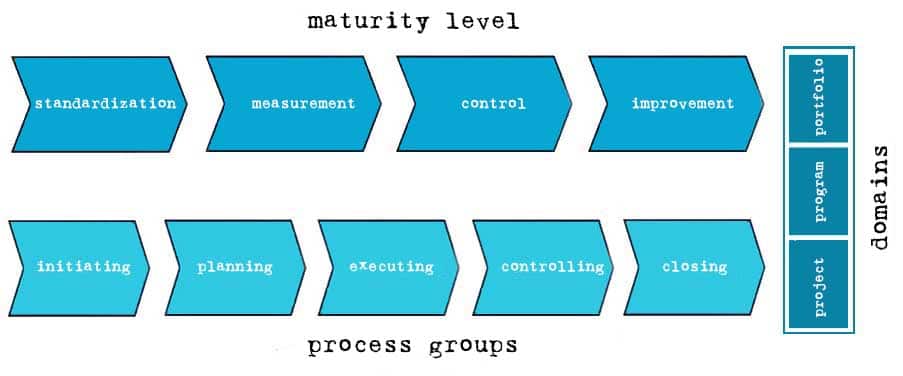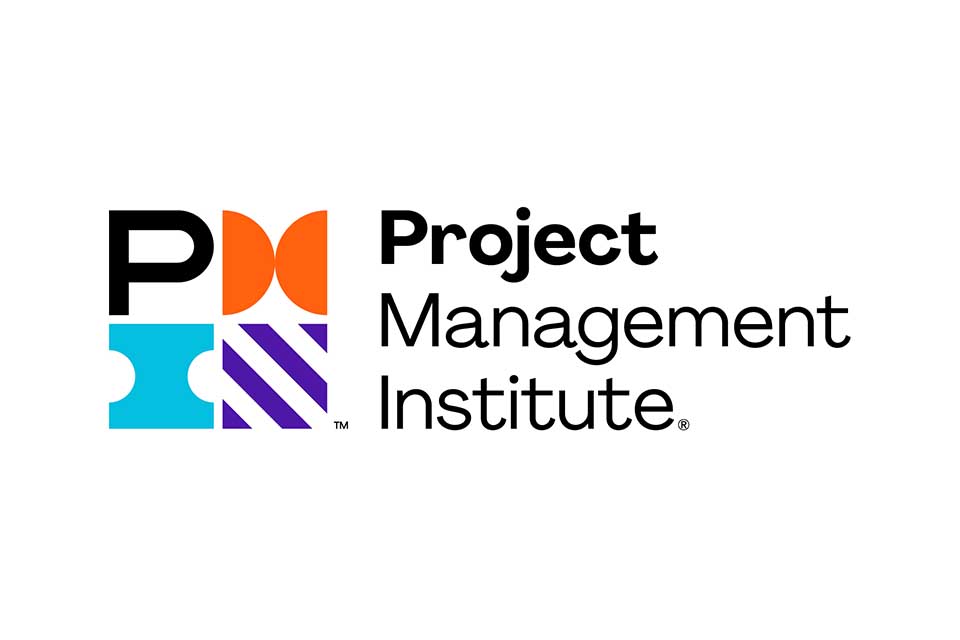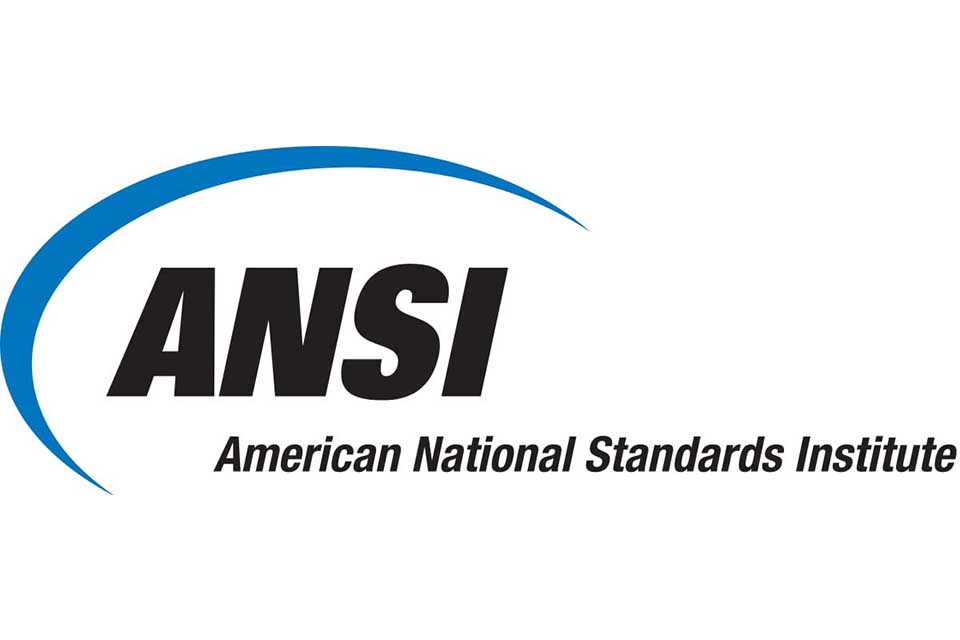What is OPM3?
Smartpedia: OPM3 is a maturity model of PMI, which addresses ” organizational project management” as a collection of best practices, concepts and methods.
Best practices for portfolios, programs and projects
The Organizational Project Management Maturity Model (OPM3) is a recognized standard for “organizational project management”. It offers best practices for the interaction of portfolio management, program management and project management. OPM3 was developed by the Project Management Institute (PMI) and recognized by the American National Standards Institute (ANSI) as an American National Standard (ANSI / PMI 08-004-2008). The current third version was released in 2013, a fourth version is planned. As a maturity model, OPM3 is divided into three dimensions:
- Domains: portfolio, program and project
- Maturity level: standardization, measurement, control and improvement
- Process groups: initiating, planning, executing, controlling and closing
OPM3 benefits and elements
OPM3 is a collection of approximately 600 best practices, project management concepts and methods that have been networked with each other. OPM3 is intended to enable users to select projects with strategic benefits and to create a permanently successful project environment. As with other PMI standards, OPM3 does not tell organizations specifically what users should do and how, but describes guidelines with which organizations could optimize their organizational project management. The guidelines know three interlocking elements:
- Knowledge – what are the best practices for organizational project management?
- Assessment – how can the current capabilities of an organization be assessed and how can organizations identify areas for improvement?
- Improvement – how to achieve step-by-step improvement and performance improvement based on the completed assessment?
Notes:
If you like the article or would like to discuss it, please feel free to share it in your network. And if you have any comments, please do not hesitate to send us a message.
Here you will find additional information from our Smartpedia section:



